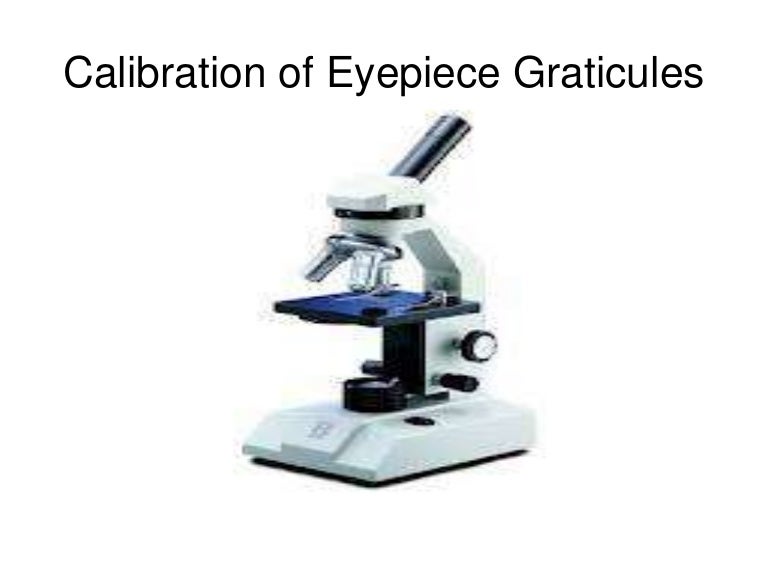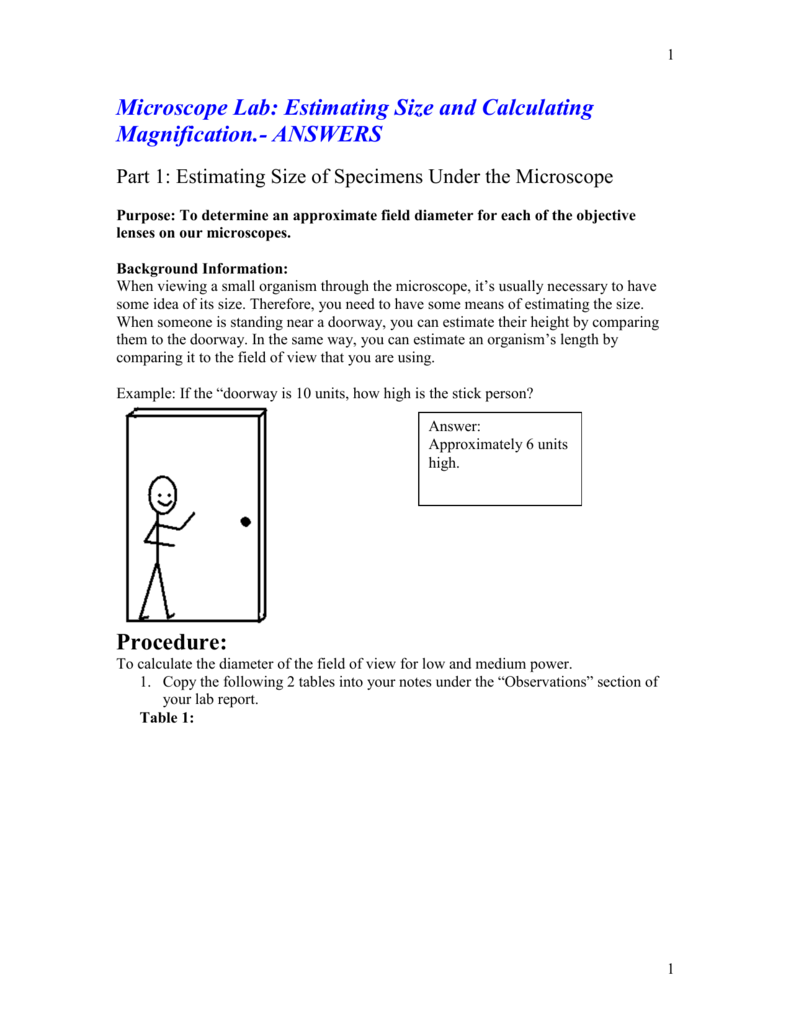
If you increase the magnification beyond what the objective lens can resolve you will end up with “Empty Magnification”. The numerical aperture of the objective is what defines the resolution of the objective lens. Each objective on the microscope has a defined minimum and maximum magnification necessary to achieve for the details of a specimen to be resolved. Just like a camera, a microscope also has the concept of resolution which just means the ability to resolve details of the subject under examination. If you have your microscope out and you are trying to look at something with your highest objective lens and your highest power eyepiece and you are not able to see anything clearly you may be wondering if there are limits to magnification. Limits to Magnification (Empty Magnification) You can see how all the lenses combined are used in the same refractive process as a single lens to produce a highly magnified image. The image below shows a view inside an objective lens. If you are not familiar with these terms please take a look at my article called Parts of a Compound Microscope: Diagrams and Video to familiarize yourself with the anatomy of a compound microscope. In fact, the objective lens has within it, several compounding lenses that contribute to higher and higher magnification powers. Modern compound microscopes contain an eyepiece, an objective, and a condenser lens and together these lenses work to refract the light that enters our eye and serves to enlarge the specimen under inspection. The images below should help you visualize this process. So really what this means is that when you are looking through your microscope you are not seeing the “real” specimen you are seeing a reproduced and enlarged image of the specimen. When your eye perceives an image through a lens what is actually happening is refracted light that passes through the lens projects a kind of virtual image that has the effect of enlarging the object under inspection.

Scientists in a number of disciplines utilize microscopes to conduct research, study the movement and mechanics of microscopic organisms, and even in technology to build microscopic circuits. Microscopes magnify or enlarge the image under inspection and enables the human eye to see things we would never be able to see.

Magnification = Eyepiece Magnification X Objective Magnification

To calculate the magnification on a microscope multiply the magnification power of the eyepiece you are using by the objective currently in position.
MICROSCOPE RESOLUTION CALCULATOR SERIES
Microscope magnification is the microscope’s ability to enlarge an image of an object through a series of lenses to a size multiple times larger than the actual size of the object. If you’ve used a microscope before you have probably see “100X” or “400X” or heard people talk about magnification, but what does that actually mean in the context of a microscope?


 0 kommentar(er)
0 kommentar(er)
